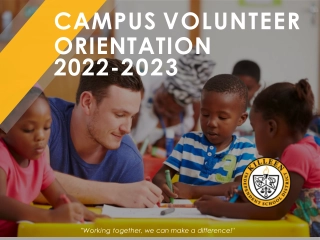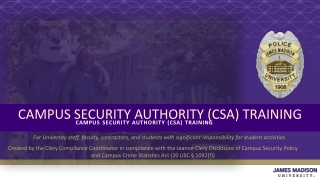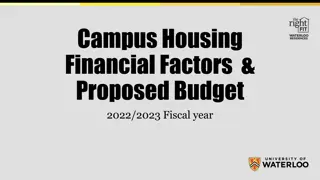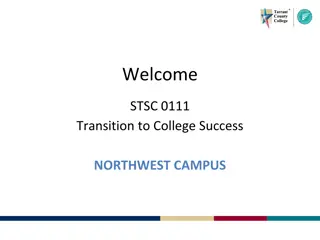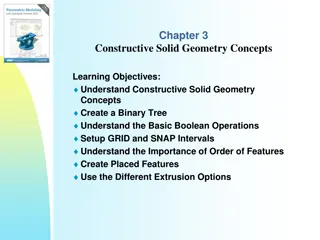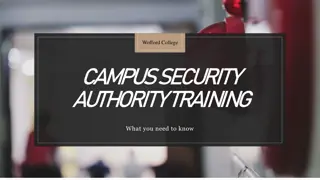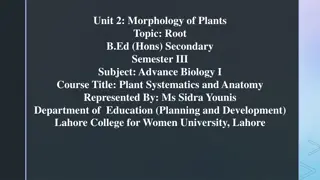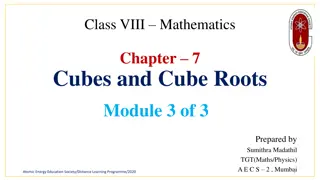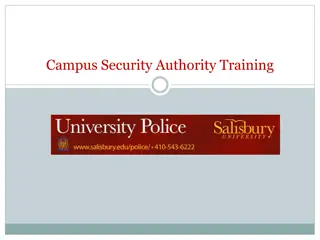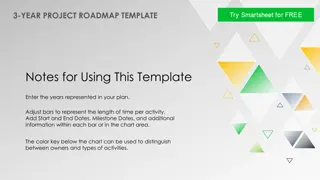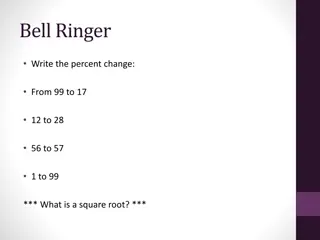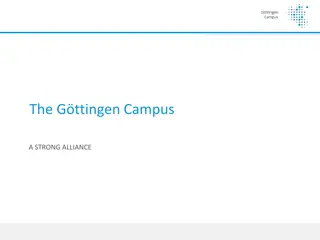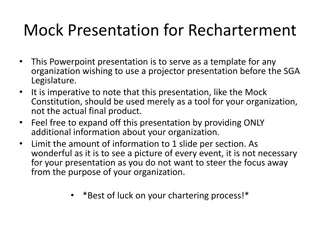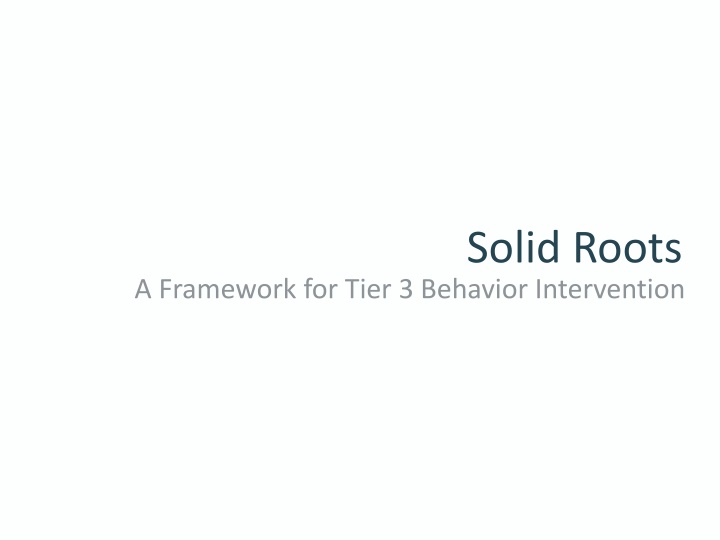
Effective Behavior Intervention with Solid Roots Framework
"Discover how the Solid Roots framework supports students with intensive behavior needs through a multi-tiered approach. Learn strategies to proactively address challenging behaviors and promote social-emotional skills in the classroom setting."
Download Presentation

Please find below an Image/Link to download the presentation.
The content on the website is provided AS IS for your information and personal use only. It may not be sold, licensed, or shared on other websites without obtaining consent from the author. If you encounter any issues during the download, it is possible that the publisher has removed the file from their server.
You are allowed to download the files provided on this website for personal or commercial use, subject to the condition that they are used lawfully. All files are the property of their respective owners.
The content on the website is provided AS IS for your information and personal use only. It may not be sold, licensed, or shared on other websites without obtaining consent from the author.
E N D
Presentation Transcript
Solid Roots A Framework for Tier 3 Behavior Intervention
Behavior Support: Multi-Tiered Model Tier 3 Intensive Solid Roots: Intended for a small number of students with the most intensive behavior needs Tier 2 Standardized Tier 1 Universal
Tier 3 Behavior Support Overview Address behavioral needs (the roots) in order to grow and thrive. Solid Roots provides an INSTRUCTIONAL APPROACH to Behavior Support Show Video: Solid Roots Core Features & Medical Model
Introductions: Campus Behavioral Staff Teachers: Support Staff:
Purpose of Solid Roots Support Support students in the most inclusive environment possible. Proactively teach social- emotional-behavioral skills. Model strategies and techniques in the classroom to ensure consistency. Move students to independence, not reliant on outside behavior support/personnel. Employ proactive strategies to ensure students are successful in the classroom environment, rather than relying on reactive responses to challenging behavior after it occurs.
Correct Challenging Behaviors Acknowledge Desired Behaviors Our Role
Solid Roots Daily Intervention Cycle Check-In Check- Out Social Skills Feedback with DBRC Monitor and Prompt Feedback Loop * Show Video: Solid Roots Daily Routine
The Competing Behavior Pathway The purpose of the Solid Roots interventions is to move students along the pathway from challenging behaviors to more desired/goal behaviors
Feedback with DBRC No additional notes are needed. Scale describes student behavior. Teacher fills in rating based on student performance and initials to indicate they provided feedback. Bottom boxes are used with mentor in check-in and check-out.
Purpose of the Feedback Loop Feedback IS the Intervention! Today I saw/heard you ________ (acknowledge a desired behavior) Script I also noticed _______ (address challenging behavior) Tomorrow/Next time please remember to ___________ (prompt replacement behavior) Hope the rest of the day goes smoothly (launch positively) * Show Video: DBRC Feedback Loop
Purpose of Check-In Build relationships & check for setting events Logistics Support goal- setting Practice strategies & coping skills
Purpose of Check-Out Logistics Build relationships Guided self-reflection Goal review- consider modifications or adjustments for future success.
Purpose of Social Skills Logistics: Direct instruction in areas of need. Practice strategies to support application in other environments. Use high-yield instructional strategies.
Purpose of Monitor and Prompt Logistics Acknowledge students who are demonstrating skills. Prompt strategies when students are struggling (replacement behaviors). Support & guide de-escalation when needed. Model behavior interventions for classroom teachers. * Show Video: Monitor & Prompt, Restorative Chat
Classroom Teacher Role Know & implement student interventions Ask questions when unclear or needing support Build positive relationships with students Communicate with us PRIOR to crisis Crisis: Violent behavior, physical aggression, extreme disruptions Crisis Procedures: (fill in as appropriate)
Communication from Our Team Stay in communication about student progress and student needs Every three-weeks Request for feedback emails Progress-monitoring behavior goals Daily DBRC student form Intervention paperwork Inform required interventions, accommodations and modifications (Sped, 504, RtI)
Frequently Asked Questions How do I know if Solid Roots staff will be supporting a student in my classroom? What do I do if a student begins to display challenging behavior in my class? When are Solid Roots staff available to answer questions or conference regarding student needs or interventions?


